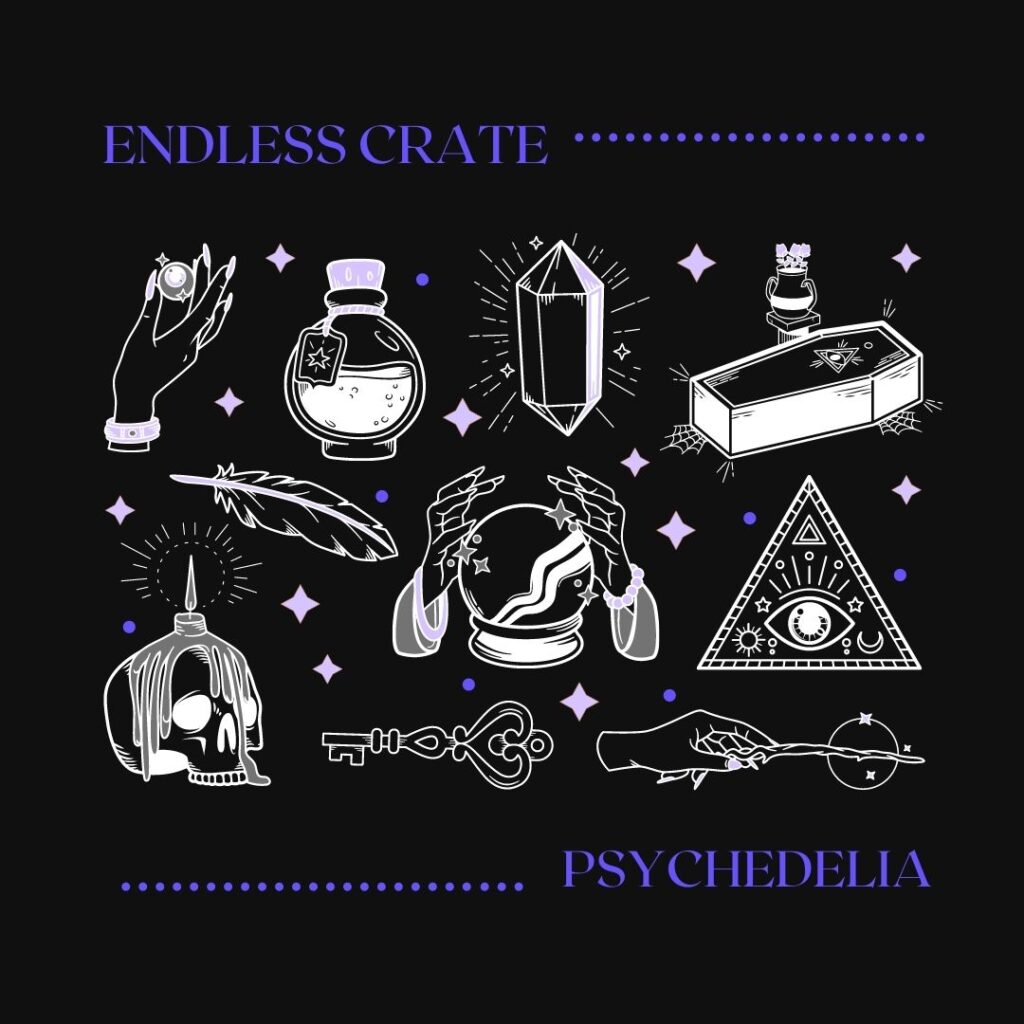The term “psychedelic” was coined in the mid-to-late 1960s, shortly after the first psychedelic compounds were discovered and widely adopted in Western society in the form of psychedelic drugs. Inspired, influenced, and informed by hallucinogenic drugs, psychedelic rock emerged from the drug scene in California in the late-1960s, when artists took an interest in altered states of consciousness and began experimenting with drugs like LSD.
Influenced by hippie sub-culture, psychedelic rock was intended to enhance the experience of taking LSD and other hallucinogenic drugs. As the genre developed in the late 1960s, it incorporated elements of blues and folk rock, and included experimentations with distorted guitars and vocals.
As a genre, psychedelic rock is characterized by a distorted sound and imagery that was influenced by the hallucinogenic effects of drugs popular at the time. In its purest form, psychedelic rock is a combination of long, improvised guitar solos and abstract lyrics that often allude to the profound effects experienced while high on LSD or other psychoactive drugs. Whereas early rock groups emphasized beat and danceability, psychedelic rock songs were characterized by long jams, free-form instrumentals, abstract lyrics and the use of Middle Eastern melodies and Indian ragas. The genre is also defined by studio effects like phasing or reverb, which give songs an altered state-of-mind feel, and the guitar sound in psychedelic rock songs often includes distortion, feedback, and a wah-wah pedal.
The 13th Floor Elevators, from Austin, Texas and led by singer and guitarist Roky Erickson, were the first band to categorize their music as psychedelic rock. Their 1966 debut album was titled The Psychedelic Sounds of the 13th Floor Elevators. The psychedelic music scene of the 1960s was also exemplified by bands like Jefferson Airplane, the Grateful Dead, and the Doors, who were influenced by the counterculture of San Francisco.
Although 1960s LSD subculture was the precursor for the psychedelic rock movement, elements of the genre can be heard in various forms of modern music today. Alternative indie artists ranging from Tame Impala, Kikagaku Moyo, Four Tet, and Misha Panfilov all demonstrate influences of psychedelic rock in their music
This playlist is inspired by psychedelic rock. While it features classic tracks from pioneers like Jefferson Airplane, it also highlights some lesser-known psychedelic rock gems from acts like The Electric Prunes, Les Mogol, and CAN, to name a few. It also features some more recent artists who draw inspiration from the psychedelic rock period of music history, such as Khruangbin, The Gaslamp Killer, and Dollkraut.
